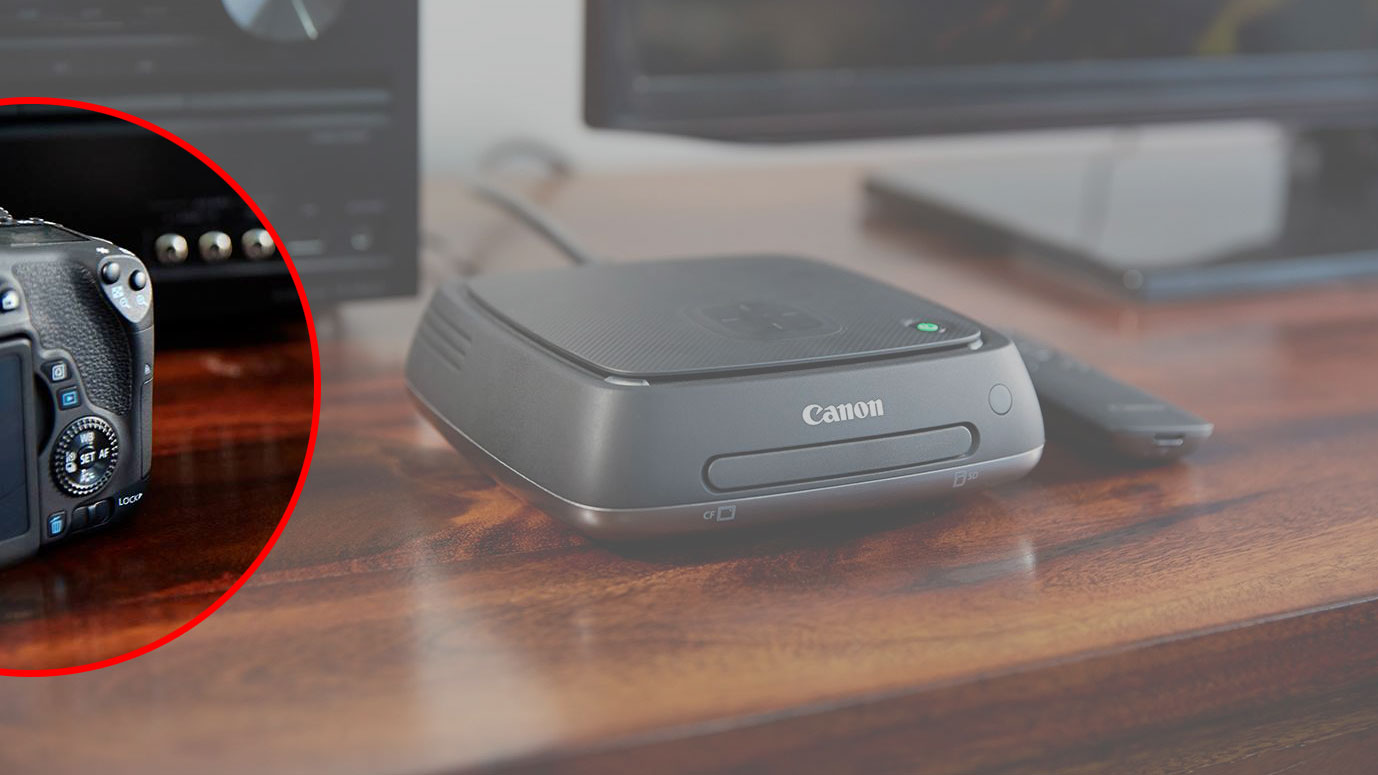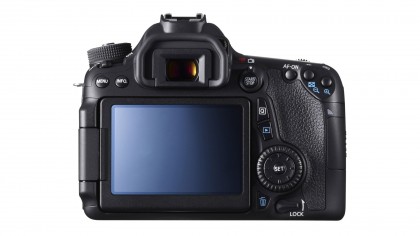The Canon EOS 80D may have poked its head out

This was spotted by PetaPixel on Canon Austria's Facebook page, and speculation has been growing about what it could possibly be.
The design is closest to Canon's double-digit enthusiasts cameras, currently topped by the EOS 70D. The AF-On button is missing, but the shaping of the rear cover is almost identical. You can clearly see an LCD status panel on the top plate, which shows it's not one of the more basic models ('Rebel' in the US), currently spearheaded by the EOS 700D. We think a replacement for the 700D is coming, but we don't think this is it.
It could even be the EOS 6D Mark II we've been speculating about in our Camera Rumors 2015 article, though the moulding of the rear plate is closest to the EOS 70D.

Possible new features
The logical name for an EOS 70D successor would be the EOS 80D, but what could Canon add to distinguish it from the current model?
We haven't heard of any pending replacement for Canon's APS-C format 20.2-megapixel Dual Pixel CMOS AF sensor, but the presence of this 'new' camera alongside the Connect Station is one clue – you will be able to transfer images to the Connect Station wirelessly, but only with cameras made in 2015 with NFC technology.
So NFC (Near field communication) is one likely feature in any EOS 70D replacement, and Canon could also filter down some of the technology from the EOS 7D Mark II.
The 70D's 19-point AF system (all cross-type) is pretty good already, so it's unlikely Canon would want to use the brand new 65-point AF system from the 7D Mark II. But the 70D currently uses a DIGIC 5+ processor, where the the 7D Mark II uses dual DIGIC 6 processors.
Sign up for breaking news, reviews, opinion, top tech deals, and more.
Canon could upgrade the processor, then, to offer a slightly higher frame rate and ISO range. The same sensor in the 7D Mark II goes up to ISO 16,000, expandable to ISO 51,200, so there seems no reason why the new camera couldn't match that.
This is all speculation at the moment, however, and based on the thinnest of evidence – the corner of a camera at the edge of a picture.

Rod is an independent photographer and photography journalist with more than 30 years' experience. He's previously worked as Head of Testing for Future’s photography magazines, including Digital Camera, N-Photo, PhotoPlus, Professional Photography, Photography Week and Practical Photoshop, and as Reviews Editor on Digital Camera World.